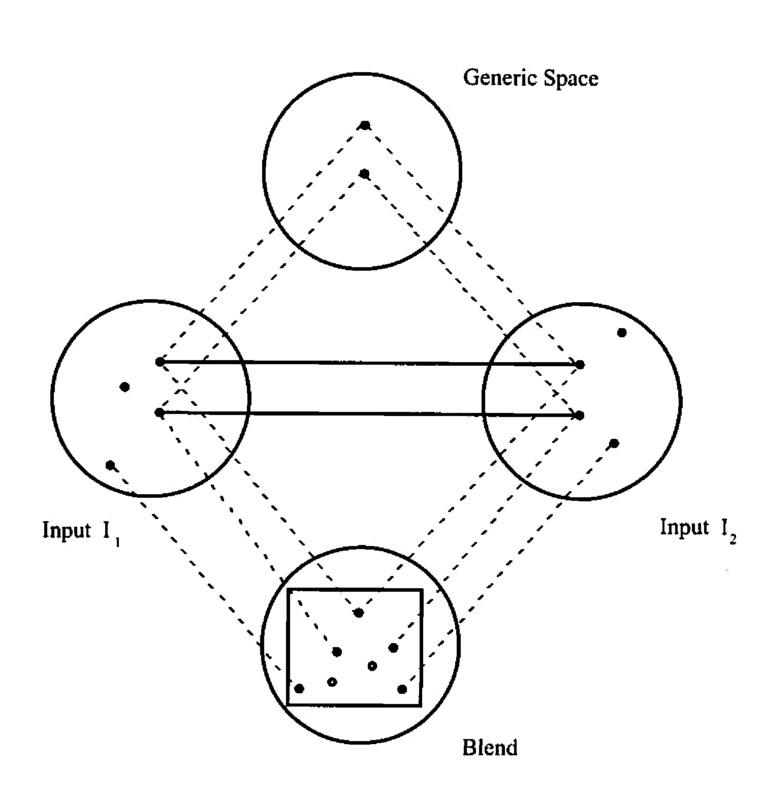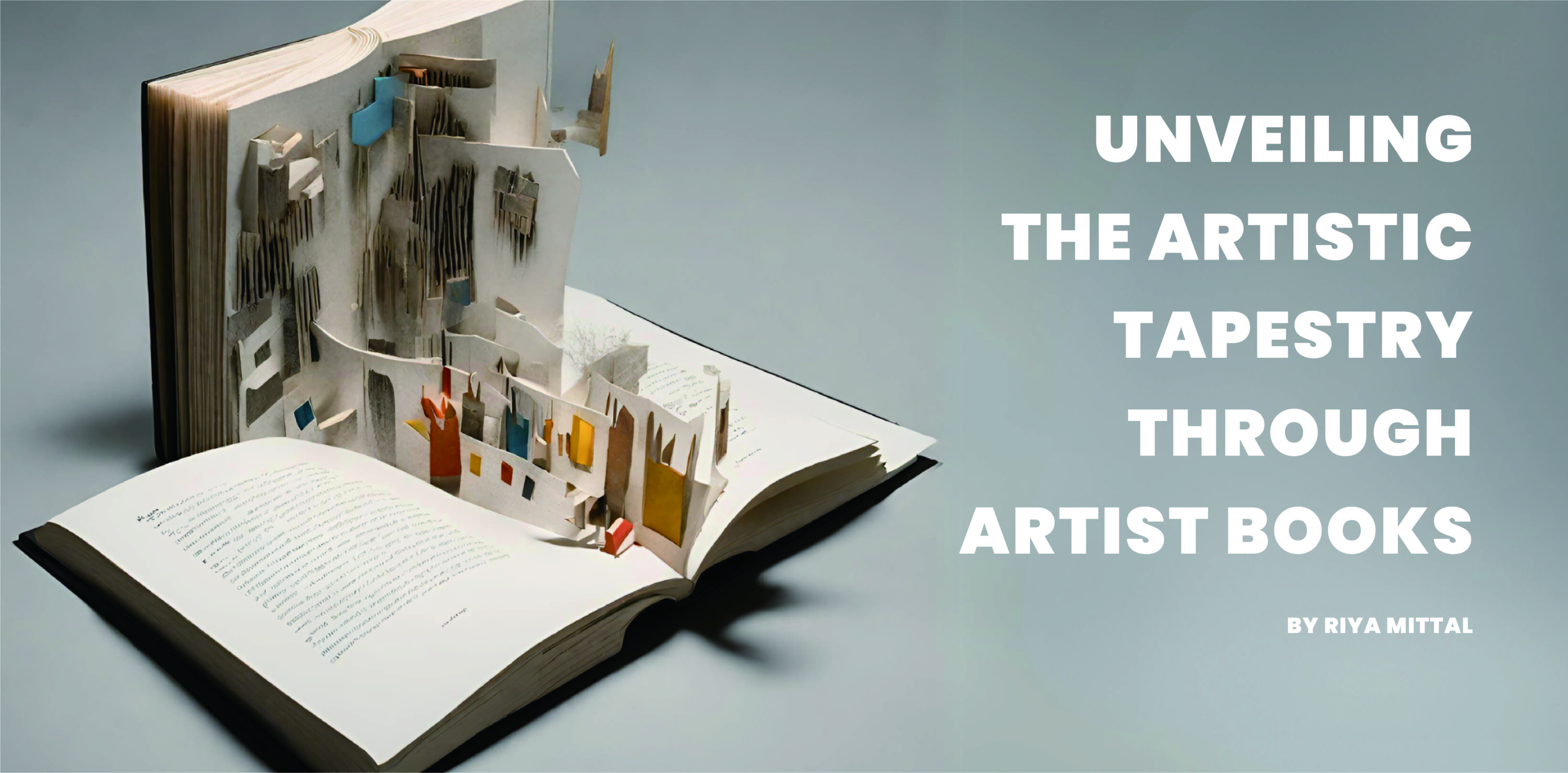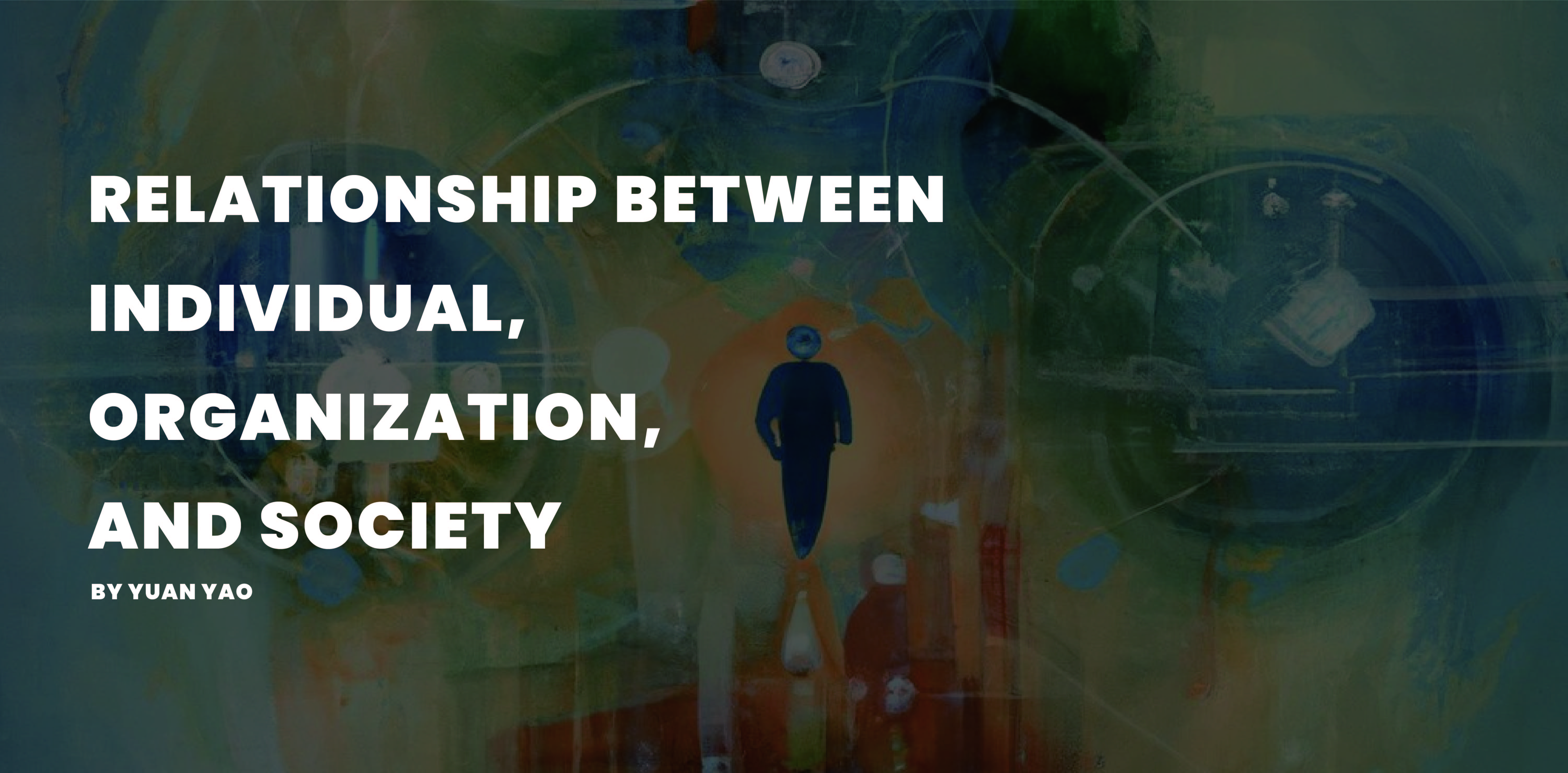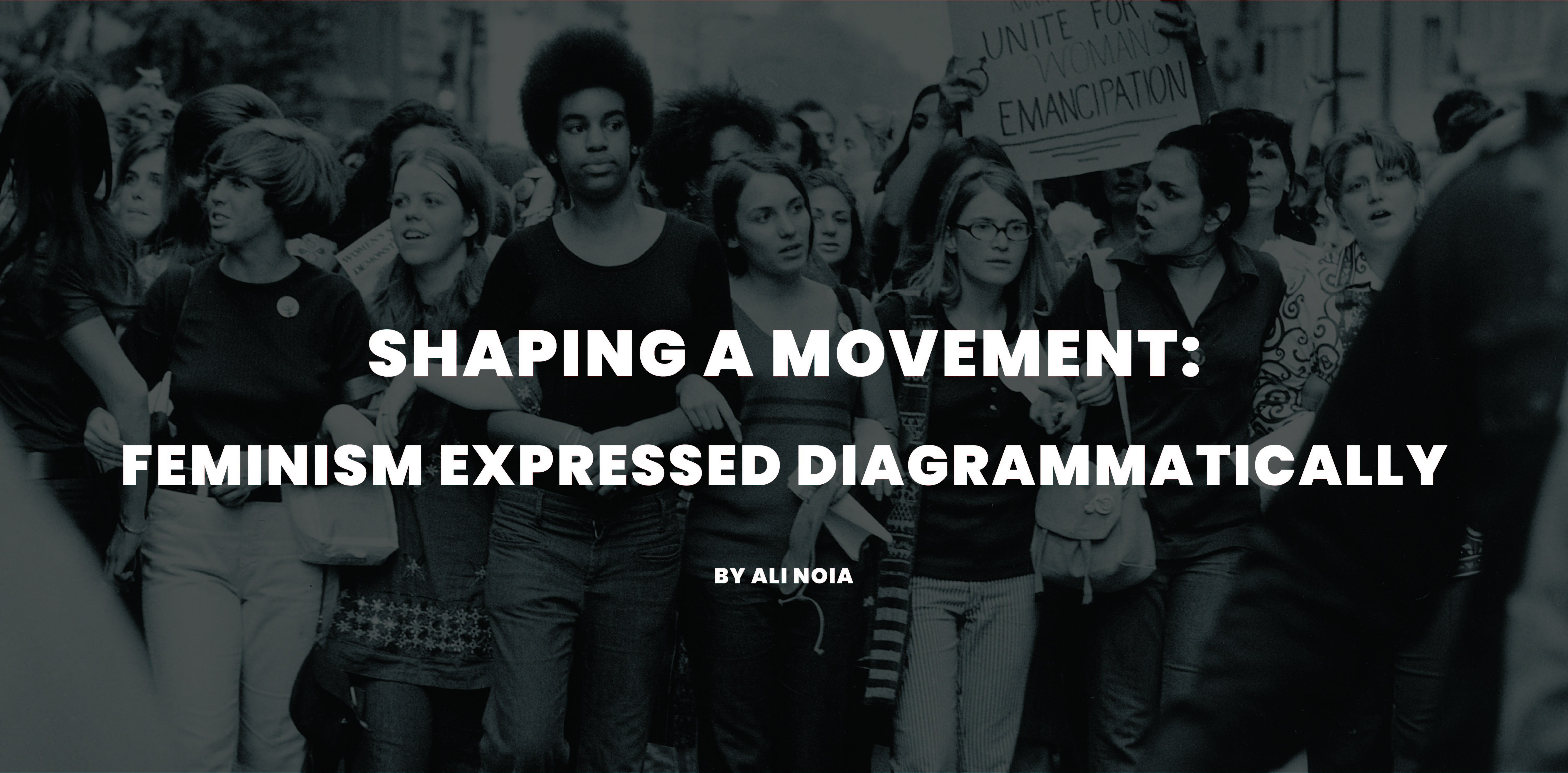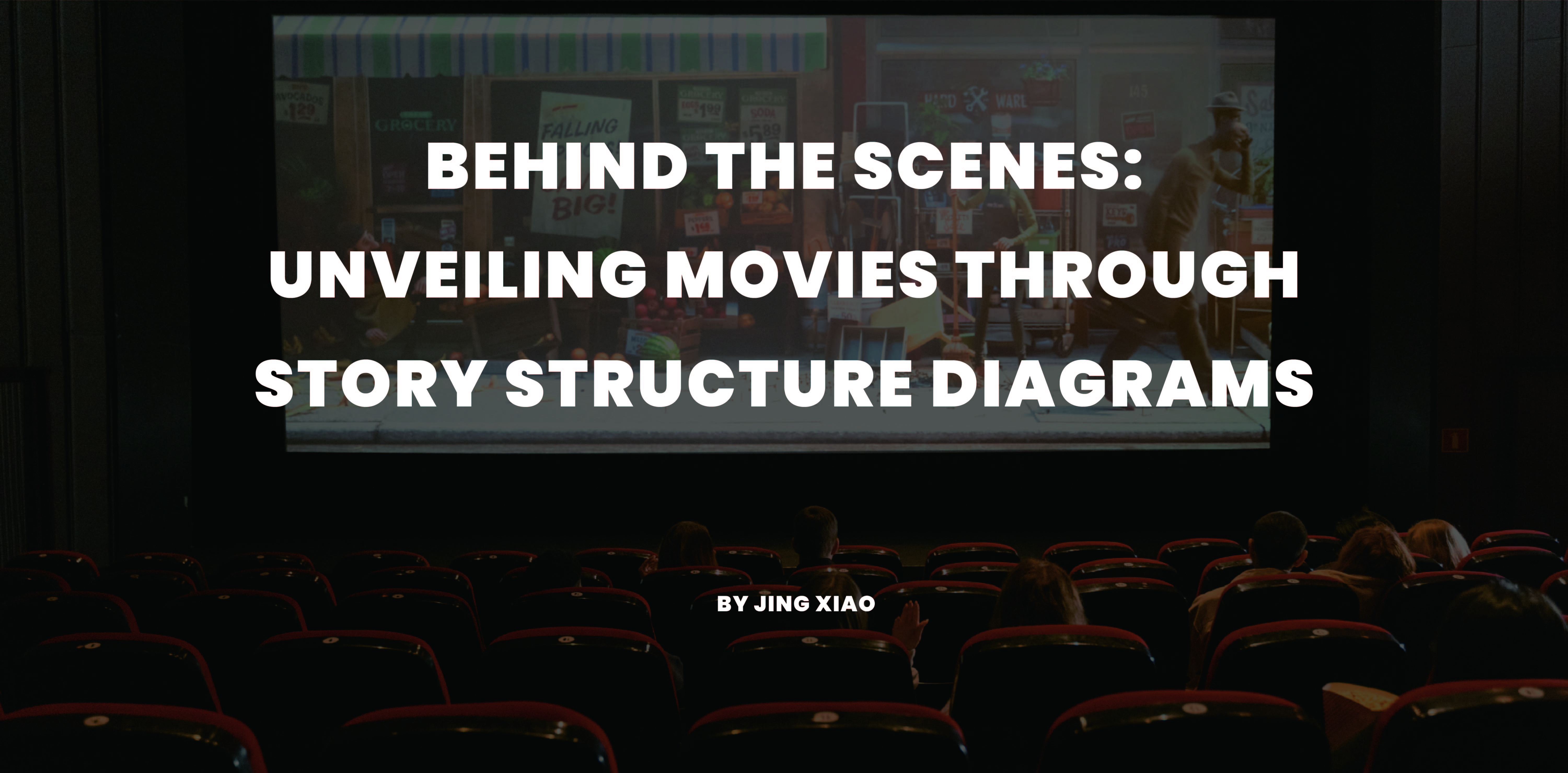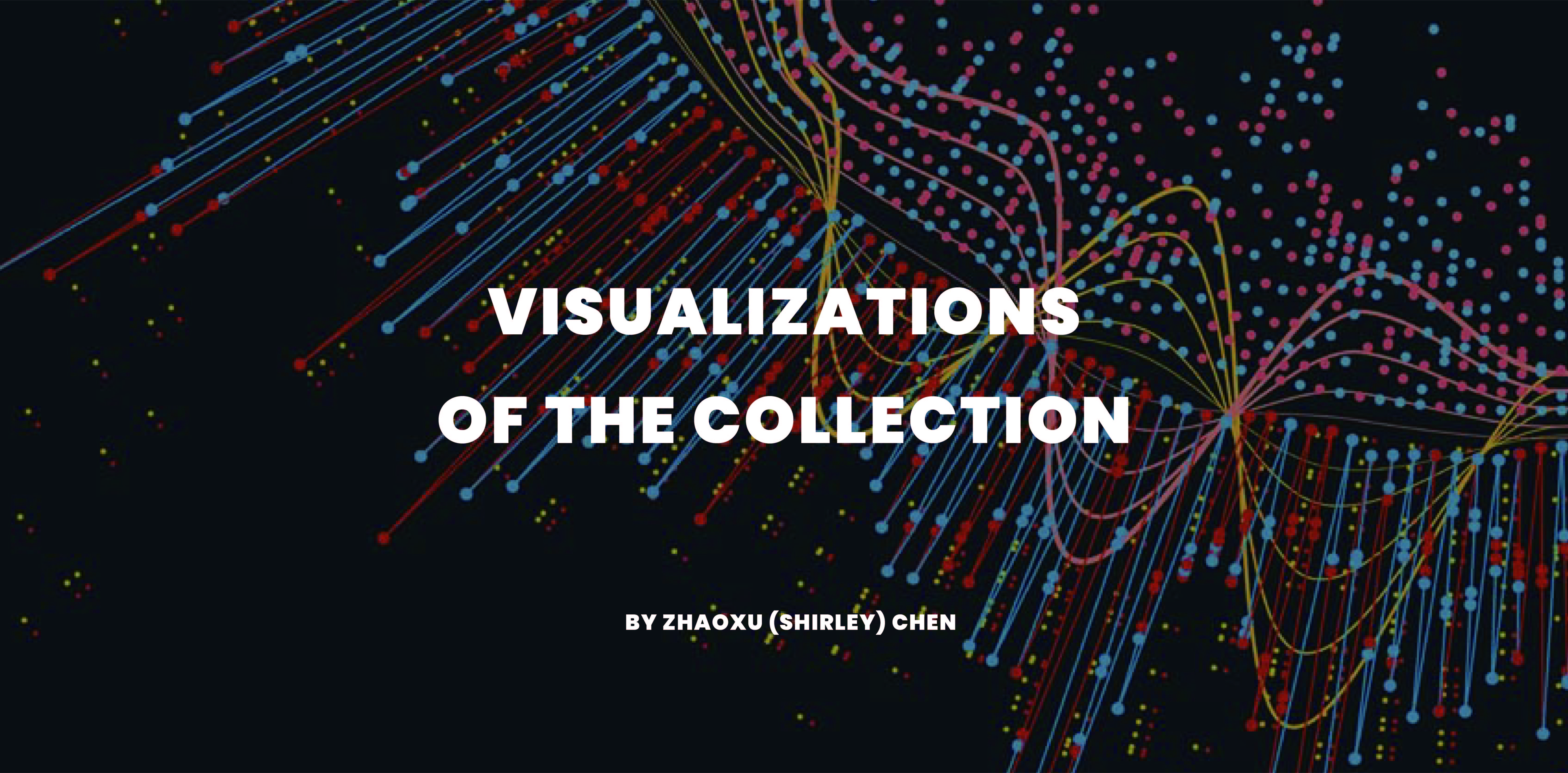Why Diagrams?
Diagrams are graphic inscriptions that utilize spatial arrangements to model relationships among and across elements. Interacting with diagrammatic representations provoke new insights and suggest alternative solutions as readers "fill in the gaps" and elaborate the meaning of the structured relations.
"Diagrams are tools we think with and think through"
The strength of the diagram rests with the numerous ways its connections and composition can be explained. Diagrams may, and often do, contain text, but they replace the linearity of linguistic writing with multidirectional pathways implied by lines, arrows, shapes, and spatial organization. Indeed, theoretical diagrams in the humanities and social sciences often appear where thinkers have difficulty expressing conceptual imaginaries via written language alone. Reading a diagram, the viewer asks: What does this line mean in terms of the larger structure? What part of the argument does this shape represent? Why is this term included and why is it positioned here? By answering these questions, readers think through a diagram to formalize new discoveries.
Browse the diagram collection here or explore the exihitibts below. Or use these forms to suggest a diagram.
